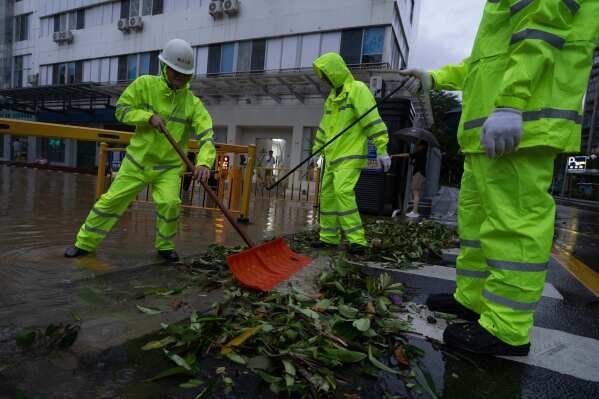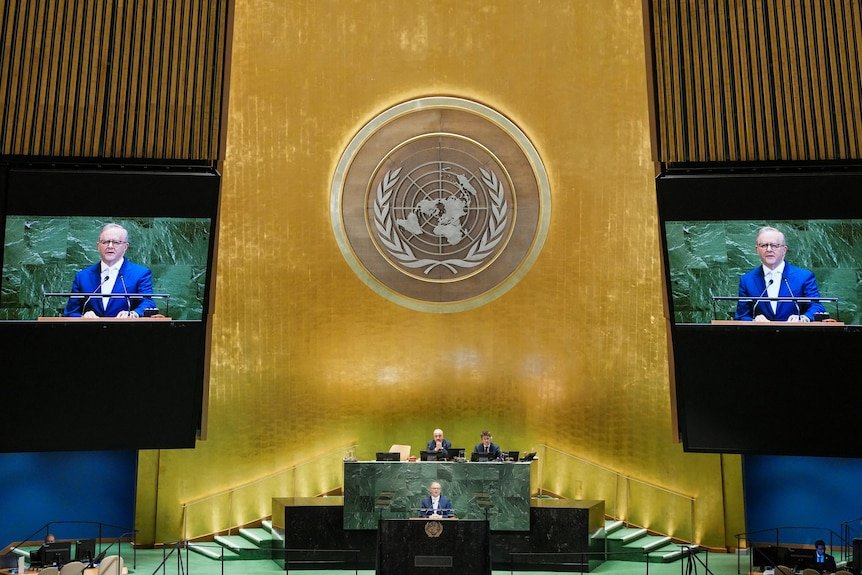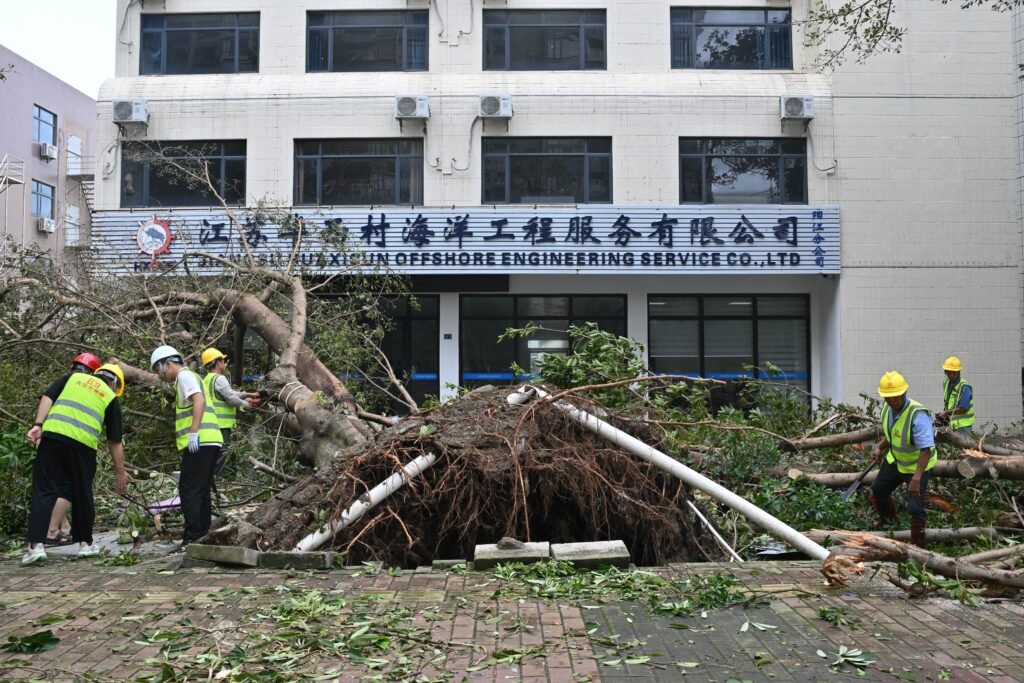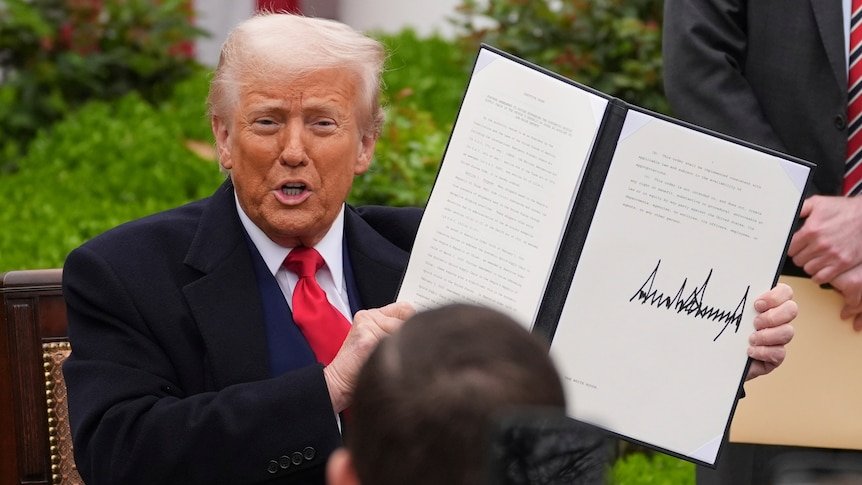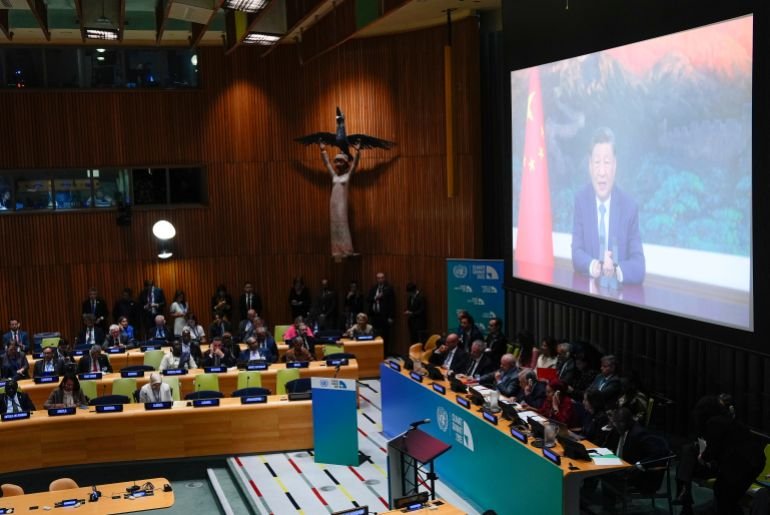
Citigroup has moved close to 1,000 tech jobs to India’s business support centres (known as GCCs) following cuts to its workforce in China, people familiar with the matter said. The Wall Street lender shifted the jobs in phases over the past few months after it reduced staffing in China as part of a broader global overhaul, said the people, who asked not to be identified because the information isn’t public. Citigroup declined to comment. Global banks may now send even more work to their Indian support centres after Trump’s shock move to impose $100,000 fees on new applications to the widely used H-1B visa programme. GCCs have grown significantly over the last few years, becoming a $64 billion market, according to data from an EY report. Citigroup has some 33,000 staff in India, mostly in these support centers spread across cities including Bangalore, Chennai, Pune and Mumbai. Citigroup announced in June it plans to cut its technology workforce in China by about 3,500 as part of its global simplification efforts.


